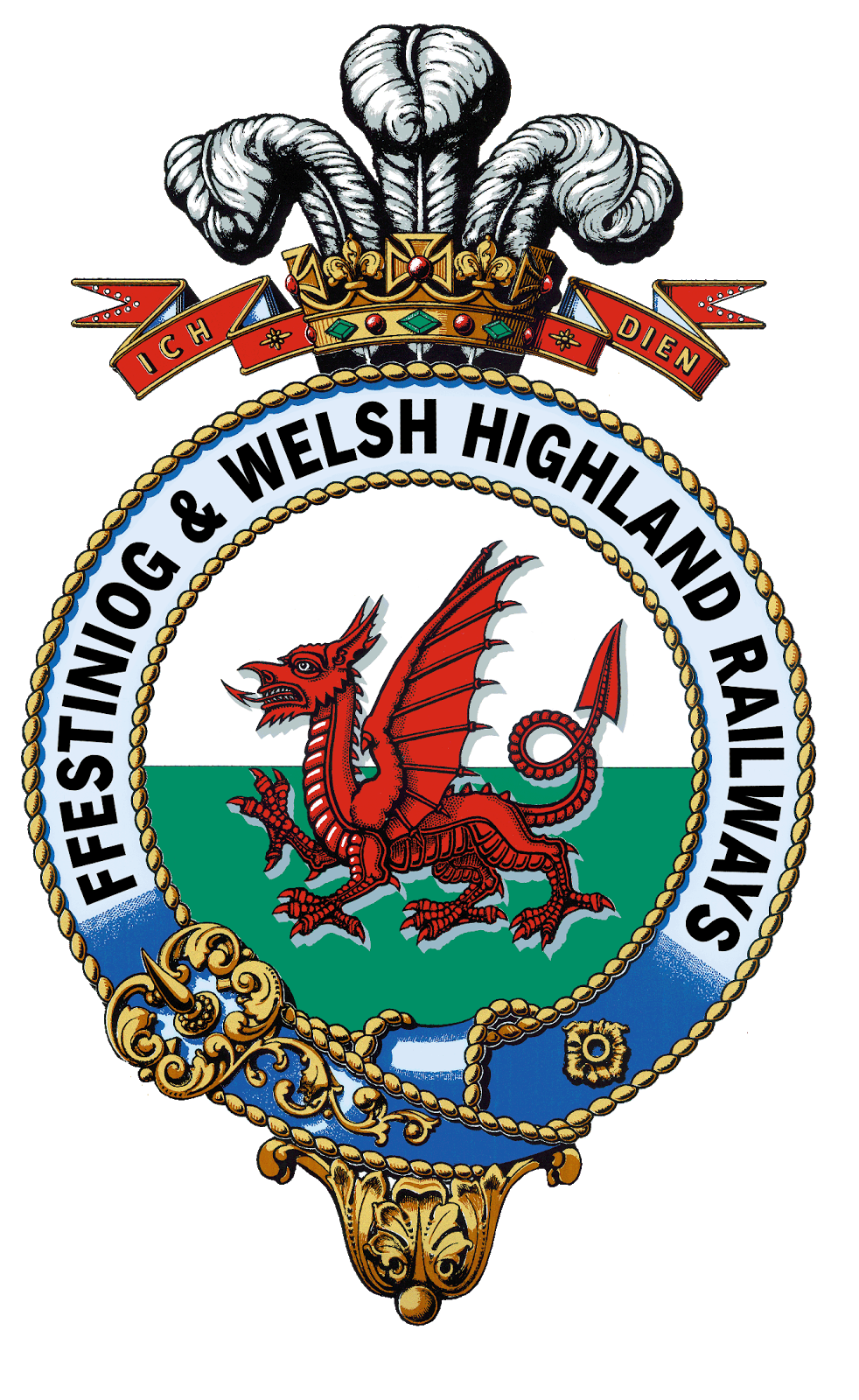Both bogies now have their various appendages.
The disc brakes appear only on the 'engine' side of the machine.
On the 'clock' side the Caernarvon end bogie seems (as far as I can tell from photographs) only to have two extended axle stubs. This is the unpowered, trailing bogie on the model.
At the Porthmadog end there is a big plate which covers up most of the bogie frame and has four quite meaty electrical cables or pneumatic hoses (?) disappearing up into the engine compartment.
Here is what the results look like on the naked Kato chassis.


(The observant reader will notice that during the process I managed to detach the power wires from the soldered joints with the pick ups on the trailing bogie - whoops!)
The next job is to come up with something to represent the calipers on the disc brakes and those mystery cables / hoses on the powered bogie.




























